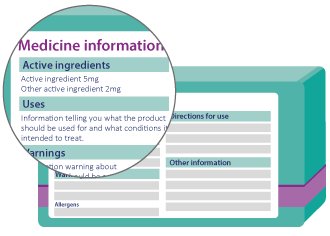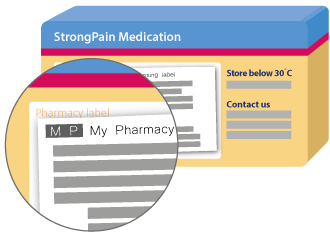The U.S. Food and Drug Administration (FDA) inspected Oklahoma drug maker manufacturing facility, Howard Phillips, LLC dba Phillips Company at 311 Chickasaw Street, Millerton, Oklahoma, from October 4–7, 2016.
FDA has reviewed firm’s websites, www.phillipscompany.4T.com and www.diabecline.com.
This warning letter summarizes significant violations of current good manufacturing practice (CGMP) regulations for finished pharmaceuticals observed during the inspection. See 21 CFR, parts 210 and 211.
During our inspection, our investigator observed specific violations including, but not limited to, the following.
CGMP Violations
1. Your firm does not have, for each batch of drug product, appropriate laboratory determination of satisfactory conformance to final specifications for the drug product, including the identity and strength of each active ingredient and absence of objectionable microorganisms, prior to release (21 CFR 211.165(a) and (b)).
During the inspection, you stated that you do not test any of the topical antiseptic drug products that you manufacture. For example, you distributed Diabecline lot 61111 on September 6 and September 29, 2016, and Tetracycline-ABC lot 511110 on October 13, 2016, without testing. Specifically, you did not test these lots for chemical attributes, including identity and strength of each active ingredient.
In addition, your firm lacked testing for microbial attributes, including absence of objectionable microorganisms, or sterility, where appropriate. We note that your topical antiseptic drug products are indicated for use on injured skin, minor cuts, scrapes, and burns. It is essential that your drug products are tested for appropriate microbial attributes in view of their intended uses.
2. Your firm failed to use equipment constructed to ensure surfaces that contact components, in-process materials, or drug products are not reactive, additive, or absorptive so as to alter the safety, identity, strength, quality, or purity of the drug product beyond the official or other established requirement (21 CFR 211.65(a)).
Our investigator observed bulk drug products stored in repurposed household containers, such as bottles for plastic soft drinks, juice, milk, and cleaning agent. For example, we found that you used a repurposed home cleaning agent spray bottle to store bulk StaphWash. This home cleaning agent contains ingredients such as sodium percarbonate and hydrogen peroxide.
You market your StaphWash as a protectant for “injured and exposed skin or mucous membrane surfaces.” Your storage practices elevate the risk that drug products might contain potentially harmful contaminants. Applied to the skin, these contaminants can be hazardous to patients.
3. Your firm failed to establish adequate written responsibilities and procedures applicable to the quality control unit (21 CFR 211.22(d)).
During the inspection, we found that your firm lacked critical procedures to ensure a functional quality unit including, but not limited to, procedures for establishing specifications, review and approval of investigations, complaint handling, and change management.
For example, you stated that you do not have specifications for your drug products because you frequently alter formulations during manufacturing. Given your poor manufacturing practices, there is substantial potential for production of inconsistent and poor-quality drug products. It is imperative that drug products be consistently manufactured to ensure each batch meets appropriate quality standards and specifications.
We also observed your failure to establish adequate written quality control unit responsibilities during our August 2016 inspection.
4. Your firm failed to test samples of each component for conformity with all appropriate written specifications for identity, purity, strength, and quality (21 CFR 211.84(d)(2)).
You have not tested incoming active pharmaceutical ingredients or other components you use in manufacturing to determine their identity, purity, strength, and other appropriate quality attributes. For example, during the inspection, you stated that your incoming material testing was limited to color, odor, and “a mixing comparison.”
5. Your firm failed to establish written procedures for production and process control designed to assure that the drug products you manufacture have the identity, strength, quality, and purity they purport or are represented to possess (21 CFR 211.100(a)).
You have not specified or validated manufacturing processes to ensure reproducible batch quality. For example, your procedures for filling and hold times do not include defined process parameters such as mixing times, blending speeds, and bulk hold times. In addition, our investigator noted that you use a household kitchen blender to mix ingredients.
www.gmpviolations.com
GMP News, GMP guidelines, GMP Violations, GMP warnings, GMP Trends. A Public Health Global News Portal. (This story has not been edited by GMP Violations staff and is auto-generated from a syndicated feed/ experts experiences sharing.) Disclaimer: The Logos/Images & content posted here are belongs to respective to Authority / owners of firm. The Article posted under public health importance news. Please ensure the guideline as per Regulatory agencies.


































